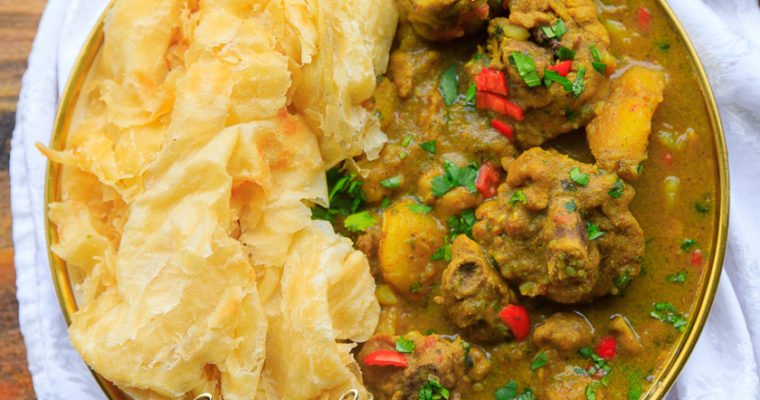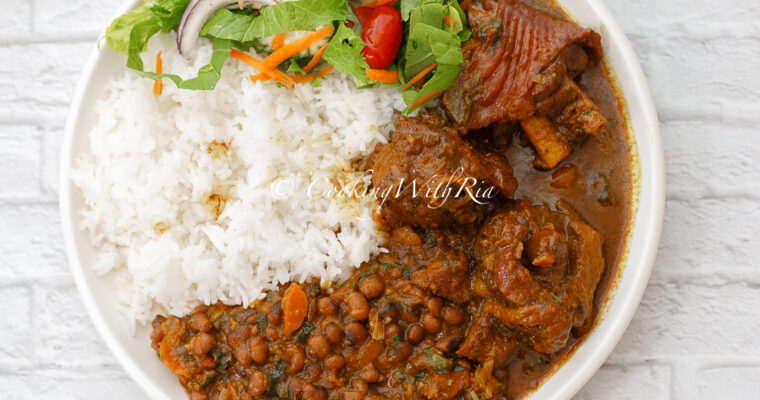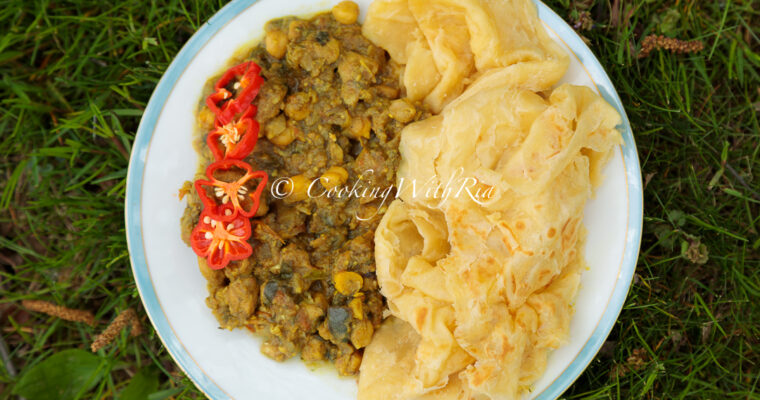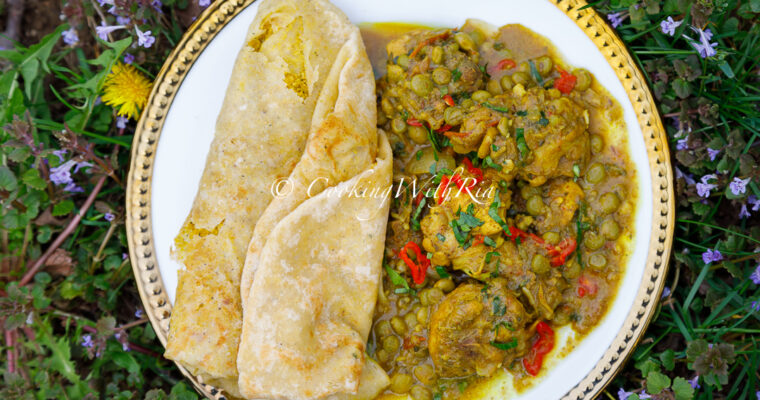What is Trinidad Soca?
Soca is the Heartbeat of Trinidad and Tobago’s Carnival
Soca music is synonymous with the vibrant energy and infectious rhythm of Trinidad and Tobago’s Carnival. Born out of a desire to modernize and globalize the sound of calypso, soca has evolved over the decades into a genre that dominates the Caribbean music scene and plays a central role in shaping the cultural identity of Trinidad and Tobago. From its humble beginnings in the 1970s to its current role as the soundtrack of Carnival celebrations worldwide, soca continues to innovate while staying true to its roots.
In this blog post, we’ll explore the history, origins, and influence of soca music, examine its evolution, and introduce you to some of the genre’s most iconic and popular artists.
Origins of Soca
Soca was created in the early 1970s by Trinidadian artist Lord Shorty (born Garfield Blackman), who sought to bring calypso music into a new era. At the time, calypso, which had been the dominant genre in Trinidad and Tobago, was losing its appeal with younger audiences. Lord Shorty aimed to bridge the gap between the African and Indian influences within Trinidadian culture by fusing traditional calypso rhythms with Indian instruments and music styles, particularly the Indian tabla and dholak drums .
The result was the birth of a new genre, which Lord Shorty initially called “sokah” — derived from a blend of “soul” and “calypso.” Over time, the spelling shifted to “soca,” and the genre took off with a sound that was more danceable and upbeat, reflecting the high-energy atmosphere of Carnival .
One of Lord Shorty’s earliest experiments with soca was the 1973 song “Indrani,” a calypso tune infused with Indian-inspired instrumentation . However, it wasn’t until his 1974 hit “Endless Vibrations” that soca began to gain widespread popularity, marking a major turning point in Trinidad and Tobago’s musical history .
The Original Iconic Soca Figures
Several iconic and influential figures laid the foundation for soca music and helped shape it into the global genre it is today. These early pioneers contributed to the sound, style, and popularity of soca in the Caribbean and beyond. Below are some of the most notable older soca influencers:
1. Lord Shorty (Garfield Blackman)
Known as: The Father of Soca
Lord Shorty is credited with creating soca music in the early 1970s. Born Garfield Blackman, he initially set out to modernize calypso by blending African and Indian musical elements. His 1974 song “Endless Vibrations” is often regarded as the first soca hit. Before “soca,” Lord Shorty referred to his creation as “sokah” (a blend of “soul” and “calypso”). He played a pivotal role in fusing Indian and African musical traditions in Trinidad and Tobago, creating a sound that would soon define the nation’s Carnival.
Key Songs:
- “Indrani” (1973)
- “Endless Vibrations” (1974)
2. Mighty Sparrow (Slinger Francisco)
Known as: The Calypso King of the World
While Mighty Sparrow is best known for his contributions to calypso, his influence on soca cannot be understated. As soca emerged from calypso, Sparrow’s legacy and lyrical style shaped many early soca artists. His energetic performances, witty lyrics, and infectious rhythms set the stage for the high-energy soca that would follow. Sparrow embraced both traditional calypso and the emerging soca sound during his career, helping bridge the gap between the two genres.
Key Songs:
- “Congo Man” (1965)
- “Sparrow Dead” (1984)
3. Ras Shorty I
Previously known as Lord Shorty, Ras Shorty I is the later persona of Garfield Blackman. After experimenting with soca music and successfully creating the genre, Lord Shorty underwent a spiritual transformation in the late 1970s and changed his name to Ras Shorty I. His focus shifted to a more spiritual sound, emphasizing clean, conscious lyrics. He later moved away from mainstream soca and developed a sub-genre known as jamoo, which combined elements of soca and gospel.
Key Songs:
- “Watch Out My Children” (1990)
4. Arrow (Alphonsus Cassell)
Known as: The King of Caribbean Music
Arrow, born in Montserrat, is one of the most globally recognized soca artists. His 1982 song “Hot Hot Hot” became an international hit and is considered one of the most iconic soca tracks of all time. The song brought soca to global audiences, and its infectious rhythm became a favorite at Carnival celebrations worldwide. Arrow’s success demonstrated that soca could cross borders and reach international markets, inspiring a new generation of soca artists.
Key Songs:
- “Hot Hot Hot” (1982)
- “Long Time” (1986)
5. Superblue (Austin Lyons)
Known as: The King of the Road March
Superblue is a legendary figure in soca, particularly known for his dominance in the annual Road March competition during Trinidad and Tobago’s Carnival. He won the Road March title numerous times, thanks to his energetic, high-octane performances and crowd-pleasing songs. His 1991 hit “Get Something and Wave” sparked the popular tradition of waving rags, flags, and other items during Carnival parades. Superblue’s songs have become essential anthems of Carnival, and his style helped shape the power soca subgenre.
Key Songs:
- “Soca Baptist” (1980)
- “Get Something and Wave” (1991)
6. Lord Kitchener (Aldwyn Roberts)
Known as: The Grandmaster of Calypso
Lord Kitchener was one of the most respected calypsonians and helped inspire many soca artists who followed him. Like Mighty Sparrow, Lord Kitchener’s work straddled both calypso and soca, and he continued to release music during soca’s rise in popularity. His catchy melodies and celebration of Trinidadian culture made him an important figure during Carnival. In his later years, Lord Kitchener embraced soca, contributing to its development with a more modern sound.
Key Songs:
- “Sugar Bum Bum” (1978)
- “Flag Woman” (1976)
7. Shadow (Winston Bailey)
Shadow, known for his deep voice and unique, dark sound, was an early soca artist who helped push the boundaries of the genre. His haunting, pulsating rhythms stood out in the soca scene, and he gained recognition for his unconventional style. He won the Road March competition in 1974 with his hit “Bassman,” and his music continues to be influential in soca and calypso.
Key Songs:
- “Bassman” (1974)
- “Dingolay” (1975)
8. Iwer George (Neil George)
Known as: The Water Lord
Iwer George is a veteran soca artist who has maintained a significant presence in Trinidad and Tobago’s soca scene for over two decades. Known for his “water-themed” performances, George has won the Road March competition multiple times. His style of soca is high-energy and has consistently dominated the Carnival stage.
Key Songs:
- “Jump and Wave” (1998)
- “Water Blessings” (2000)
9. Blue Boy (Austin Lyons)
Known as: Superblue
Blue Boy is an alternate stage name for Austin Lyons, who later became known as Superblue. His contribution to the development of soca lies in his electrifying performances, especially in the Road March competition. Blue Boy’s early hits set the tone for power soca, emphasizing fast beats and interactive, crowd-driven performances.
Key Songs:
- “Rebecca” (1980)
10. David Rudder
David Rudder, while not solely a soca artist, has contributed significantly to the soca and calypso landscape. Known for his deeply reflective and socially conscious lyrics, Rudder’s music often focuses on issues of Caribbean identity, politics, and history. He had tremendous success with songs like “Bahia Girl” and “Trini to the Bone.” Rudder’s unique style blended traditional calypso storytelling with a more modern, upbeat soca rhythm.
Key Songs:
- “Bahia Girl” (1986)
- “Calypso Music” (1987)
Influence of Older Soca Artists
The contributions of these soca pioneers are invaluable to the genre’s evolution. Many of these artists were instrumental in taking soca beyond Trinidad and Tobago’s borders, allowing it to become a celebrated genre at festivals and Carnivals worldwide. They introduced diverse styles, from jamoo and groovy soca to the more high-energy power soca, ensuring the genre remained fresh and dynamic for new generations.
Their legacies continue to influence contemporary soca artists, and their music is still celebrated as an essential part of the Trinidad and Tobago Carnival experience.
Soca’s Evolution: From Calypso to Carnival Anthem
While soca retained the storytelling tradition of calypso, it introduced faster tempos, simpler lyrics, and an infectious groove designed to get people moving. The shift away from the slower, more lyrical calypso style allowed soca to appeal to a broader, younger audience, making it the heartbeat of Carnival .
As the genre gained traction throughout the 1980s and 1990s, it continued to evolve and diversify. Over time, soca incorporated more electronic instruments and adopted influences from genres like dancehall, reggae, and pop music. This shift made soca more accessible on the global stage, especially as Trinidadian artists began to collaborate with international musicians .
Subgenres of soca began to emerge as well. Groovy Soca emphasized slower, more melodic rhythms designed for “wining” (a type of rhythmic hip movement associated with Caribbean dance), while Power Soca retained fast, high-energy beats suited for Carnival road marches. These variations ensured that soca could meet the needs of every aspect of Carnival, from the slower, more intimate party settings to the energetic street parades .
Soca and Carnival: Inseparable Bonds
Soca has become inseparable from Trinidad and Tobago’s Carnival, which is often considered the “Greatest Show on Earth.” Carnival, rooted in the island’s history of emancipation and freedom, serves as the ultimate platform for soca music. Leading up to Carnival, the entire nation pulses with the sounds of soca, as radio stations, parties (called fetes), and live events keep the festive spirit alive .
One of the biggest highlights of Carnival is the annual Road March competition, where soca artists vie for their song to be declared the official anthem of Carnival, based on how many times it is played during the parade on Carnival Tuesday. Winning the Road March title is one of the highest honors in soca music .
Another pivotal event is Soca Monarch, an annual competition that crowns the best soca performers. It attracts thousands of spectators and is known for its dazzling stage performances, with elaborate costumes, choreographed dances, and pyrotechnics . Winning the Soca Monarch title guarantees an artist significant recognition and cements their place in soca history.
Popular and Iconic Soca Artists Today
While Lord Shorty laid the foundation for soca music, many other recent artists have since shaped the genre and propelled it to global heights. Here are some of the most current influential and popular soca artists:
1. Machel Montano
Machel Montano is perhaps the most iconic and influential figure in modern soca music. Starting his career as a child prodigy in the early 1980s, Montano has consistently reinvented himself and the genre over the years. Known for his electrifying performances and endless string of hits, Montano is synonymous with Trinidad’s Carnival. Songs like “Like Ah Boss,” “Advantage,” and “Party Done” have solidified his legacy. Montano holds numerous Soca Monarch and Road March titles and is a household name not just in the Caribbean but internationally .
2. Bunji Garlin
Bunji Garlin, born Ian Alvarez, is known for his rapid-fire lyrical delivery and his blend of soca with dancehall and reggae influences. His 2013 hit “Differentology” gained international attention, earning him awards and accolades and bringing soca to a wider audience . Garlin is also a staple in the Soca Monarch competition and is admired for his versatility as both a soca artist and a freestyle lyricist .
3. Fay-Ann Lyons
Fay-Ann Lyons is one of the leading female voices in soca and is known for her high-energy performances and powerful vocals. As the daughter of veteran soca star Superblue, Lyons grew up in the soca scene and has carved out her own successful career. She has won numerous titles, including the prestigious International Power Soca Monarch .
4. Kes the Band
Kes the Band, fronted by lead vocalist Kees Dieffenthaller, has been pivotal in bringing a modern, global sound to soca music. With a fusion of soca, reggae, and pop influences, Kes has consistently produced hits like “Wotless” and “Savannah Grass.” Their music has broad appeal and has introduced soca to audiences beyond the Caribbean .
5. Destra Garcia
Destra Garcia, often referred to as the “Queen of Bacchanal,” is one of the most consistent and well-loved soca performers. Known for her catchy melodies and charismatic stage presence, Destra has released several hit songs over the years, including “Lucy,” “I Dare You,” and “It’s Carnival,” a duet with Machel Montano .
6. Nadia Batson
A key figure in groovy soca, Nadia Batson is a singer-songwriter who has made her mark with hits like “So Long” and “Catching Feelings.” Her music focuses on slower rhythms and catchy hooks that appeal to soca lovers who enjoy a more laid-back vibe during Carnival .
Soca’s Global Reach
While soca is deeply rooted in Trinidad and Tobago, its infectious sound has transcended borders. Soca has become a staple at Caribbean carnivals and festivals around the world, from Notting Hill Carnival in London to Labor Day Carnival in Brooklyn, New York . As the Caribbean diaspora grows, soca has found new audiences in North America, Europe, and even Asia.
Collaborations between soca artists and international stars in genres like pop, reggae, and dancehall have further expanded its reach . In recent years, mainstream musicians have begun incorporating soca rhythms into their own songs, bringing the genre closer to global recognition.
The Future of Soca
Soca continues to evolve with every Carnival season. While the genre retains its cultural roots, younger artists are pushing the boundaries of what soca can be by incorporating electronic music, hip hop, and even Afrobeat elements . This fusion of styles reflects the changing tastes of younger generations while maintaining the core elements that make soca the defining sound of Carnival.
With its vibrant energy, irresistible beats, and rich cultural history, soca will remain a driving force in Trinidad and Tobago’s Carnival and beyond. It’s not just a genre of music but a living testament to the resilience, creativity, and spirit of the Trinidadian people.
Soca is the pulse of Trinidad and Tobago, the lifeblood of its world-renowned Carnival, and a genre that has grown from its roots in calypso to become a global phenomenon. From Lord Shorty’s early innovations to Machel Montano’s international stardom, soca has proven its staying power and ability to adapt to the times while keeping the essence of Trinidadian culture alive. With every new Carnival season, soca reaffirms its position as a celebration of freedom, creativity, and joy, ensuring that its rhythms will continue to resonate with future generations.
References:
- “The Evolution of Soca.” National Library and Information System Authority (NALIS), Trinidad and Tobago.
- “Soca Music: The Soundtrack to Carnival.” Soca












